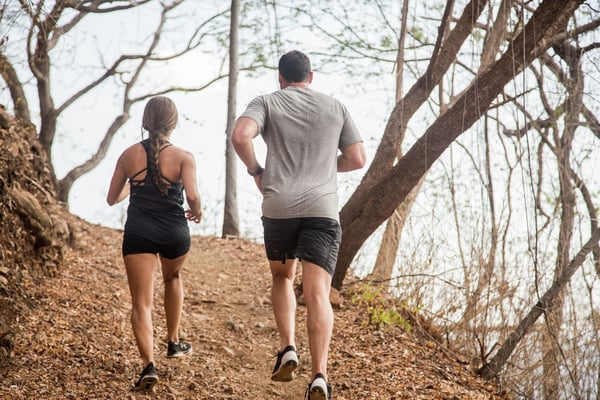An Introduction to Breathing Techniques
Breathing techniques are versatile skills that can be simple to learn, offer continuous room for growth, and are adaptable to a number of different activities and situations. Control of the breath can provide the body with more energy and sensation, reduce stress and lower heart rate, increase endurance, help with rhythms in physical activity, and also offer benefits to the health and mood.
An Introduction to Breathing Techniques
Breathing provides two major services to the body: bringing in oxygen and removing carbon dioxide. Different breathing techniques either accelerate, slow down, steady, or imbalance this process, which in turn adjusts the way body and minds perform.
One common breathing technique is box breathing, which is practiced by many professionals ranging from yoga instructors to members of various special forces. Practicing this technique includes breathing in, holding, exhaling, and then holding again in a steady rhythm based off of the count.
This steadiness, and the two holds on either side of the inhale and exhale, slow the process of converting oxygen and exhaling carbon dioxide down bringing the body to a natural state of calm. In times of stress, this can help override the parasympathetic nervous system for clear decisions, while in times of calm this technique offers the ability to feel “in the moment”.
During high levels of activity, the nasal breathing perfected by XPT offers a sense of steadiness and endurance. This technique eliminates the hold of box breathing and focuses on steady, controlled breaths. As a result the XPT form of breathing provides similar calming benefits of box breathing by steadying the inflow and outflow of air, but offers more breaths in and a higher turnover of oxygen. This results in more easily available energy for the body, allowing for a blend of peace and action.
The inflow of oxygen and the outflow of carbon dioxide at a balanced rate offers a naturally calming effect. Wim Hof breathing takes an alternative approach, creating an imbalance in oxygen and carbon dioxide through rapid exhales that scrub carbon dioxide from the body. The result is a feeling of increased energy and sensation, as the body takes in high levels of oxygen and does not sense a need to slow down any processes since it does not detect carbon dioxide.
A Place to Practice
Sports, moments of meditation, time out in nature, and the blend of all three are some ways to put these techniques to use. XPT often blends calming practice with physical activity, like on steady trail runs. The numerous practices to be found in town will factor in the breath as both a calming, energizing, and restorative influence. A walk or a swim out onto the platforms that dot the trails and the bay brings the chance to slow down or speed up surrounded by nature.





